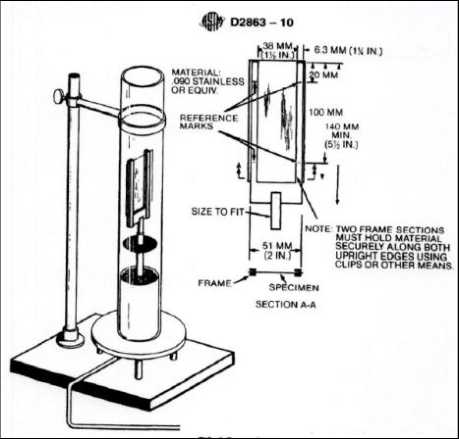- Qinsun Instruments Co., Ltd.
- Tell:+86-21-6780 0179
- Phone:+86-17740808215
- Address:No. 2578 Minhang District Gu Dai Road, Shanghai
- Contact:Mr. Li
- QQ:846490659
The principle of using a density meter

The gravity of an object pulls it towards the ground, but if an object is placed in a liquid, a force called buoyancy will produce a force in the opposite direction. The magnitude of buoyancy is equivalent to the gravity of the liquid being replaced by an object, or in other words, the gravity of the displaced water.
The densitometer rises or sinks based on changes in the balance of gravity and buoyancy. A fully functional densitometer can only be in a floating state, so the force of buoyancy pushing upwards is slightly greater than the force of gravity pulling downwards. Because the volume of the densitometer has not changed, the volume of the discharged water is the same. However, it becomes heavier because it contains more water. When gravity exceeds buoyancy, the densitometer will sink.
The weight of the densitometer is less than the weight of the same volume of water, so the densitometer floats again. The reading of the densitometer varies from bottom to top. When it is immersed in different liquids, the volume remains unchanged and the reading changes. The iron sand or lead particles at the bottom of the densitometer are used to maintain balance. The increase or decrease in the density meter reading is due to P= ρ The deeper the densitometer enters the liquid, the greater the pressure, so the reading of the densitometer is lower and higher.





